How World War II Started:
World War II started on September 1, 1939, when Germany invaded Poland. This invasion prompted Britain and France to declare war on Germany on September 3, 1939, marking the official beginning of the conflict.
1. Treaty of Versailles and Economic Hardships:
- The Treaty of Versailles (1919) imposed heavy reparations and territorial losses on Germany, causing widespread economic hardship and resentment. This created fertile ground for extremist ideologies and leaders.
2. Rise of Totalitarian Regimes:
- In the 1920s and 1930s, totalitarian regimes rose to power in several countries, including Adolf Hitler’s Nazi Germany, Benito Mussolini’s Fascist Italy, and militarist Japan. These regimes pursued aggressive expansionist policies.
3. Expansionism and Appeasement:
- Hitler’s Germany began rearming and expanding its territory, violating the Treaty of Versailles. Key events included:
- Remilitarization of the Rhineland (1936): Germany reoccupied the demilitarized Rhineland.
- Anschluss (1938): Germany annexed Austria.
- Munich Agreement (1938): Britain and France allowed Germany to annex the Sudetenland in Czechoslovakia in an attempt to avoid war (a policy of appeasement).
- Occupation of Czechoslovakia (1939): Germany took over the rest of Czechoslovakia.
4. Invasion of Poland:
- The immediate trigger for World War II was Germany’s invasion of Poland on September 1, 1939. This prompted Britain and France to declare war on Germany on September 3, 1939.
5. Non-Aggression Pact:
- Prior to the invasion of Poland, Germany and the Soviet Union signed the Molotov-Ribbentrop Pact (August 1939), a non-aggression treaty that included secret protocols for dividing Eastern Europe between them.
6. Axis Alliances:
- The Axis Powers were formed, comprising Germany, Italy, and Japan, who pursued aggressive expansion in Europe, Africa, and Asia.
Resolutions of World War II:
1. Unconditional Surrender:
- The Axis Powers were defeated through a series of major military campaigns. The war ended in Europe with the unconditional surrender of Germany on May 8, 1945 (V-E Day). The war in the Pacific ended after the atomic bombings of Hiroshima and Nagasaki, with Japan’s unconditional surrender on September 2, 1945 (V-J Day).
2. United Nations:
- The United Nations (UN) was established in October 1945 to promote international cooperation and prevent future conflicts. It replaced the ineffective League of Nations.
3. Nuremberg Trials and War Crimes Tribunals:
- Prominent leaders of the Nazi regime were tried for war crimes, crimes against humanity, and genocide at the Nuremberg Trials (1945-1946). Similar trials were held for Japanese leaders, including the Tokyo Trials.
4. Reconstruction and Occupation:
- Germany was divided into four occupation zones controlled by the United States, the Soviet Union, Britain, and France. Berlin was similarly divided. The Allies implemented policies for denazification and democratization.
- Japan was occupied by the United States under General Douglas MacArthur, who oversaw significant political, economic, and social reforms.
5. Marshall Plan:
- The United States launched the Marshall Plan (1948-1952), a massive economic aid program to help rebuild Western European economies and prevent the spread of communism.
6. Cold War:
- The end of World War II marked the beginning of the Cold War, a prolonged period of political and military tension between the United States and its allies (the Western Bloc) and the Soviet Union and its allies (the Eastern Bloc).
7. Formation of NATO and Warsaw Pact:
- In response to the perceived threat from the Soviet Union, Western nations formed the North Atlantic Treaty Organization (NATO) in 1949. The Soviet Union and its allies formed the Warsaw Pact in 1955.
8. Decolonization:
- The war accelerated the process of decolonization, leading to independence movements and the eventual liberation of many colonies in Asia, Africa, and the Middle East.
9. Economic and Political Changes:
- The war led to significant changes in the global economic and political landscape, including the rise of the United States and the Soviet Union as superpowers, the decline of European colonial empires, and the establishment of a new world order based on collective security and international cooperation.


.jpg)


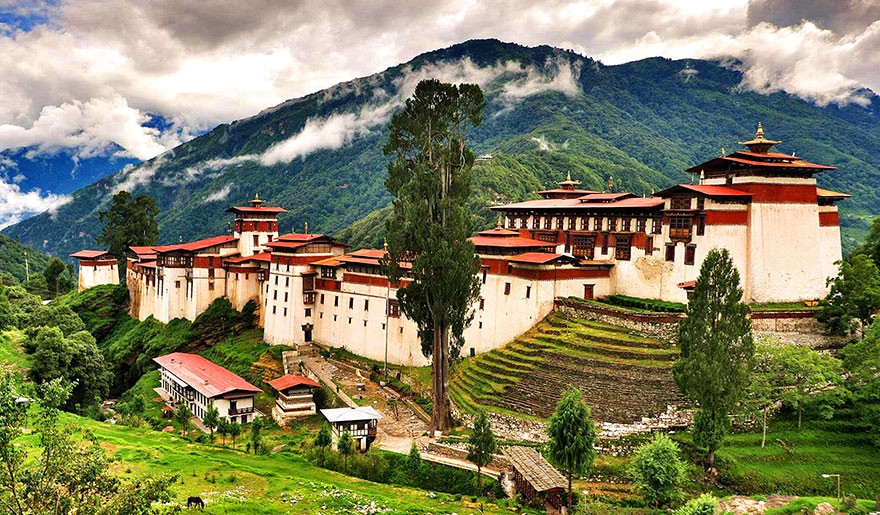
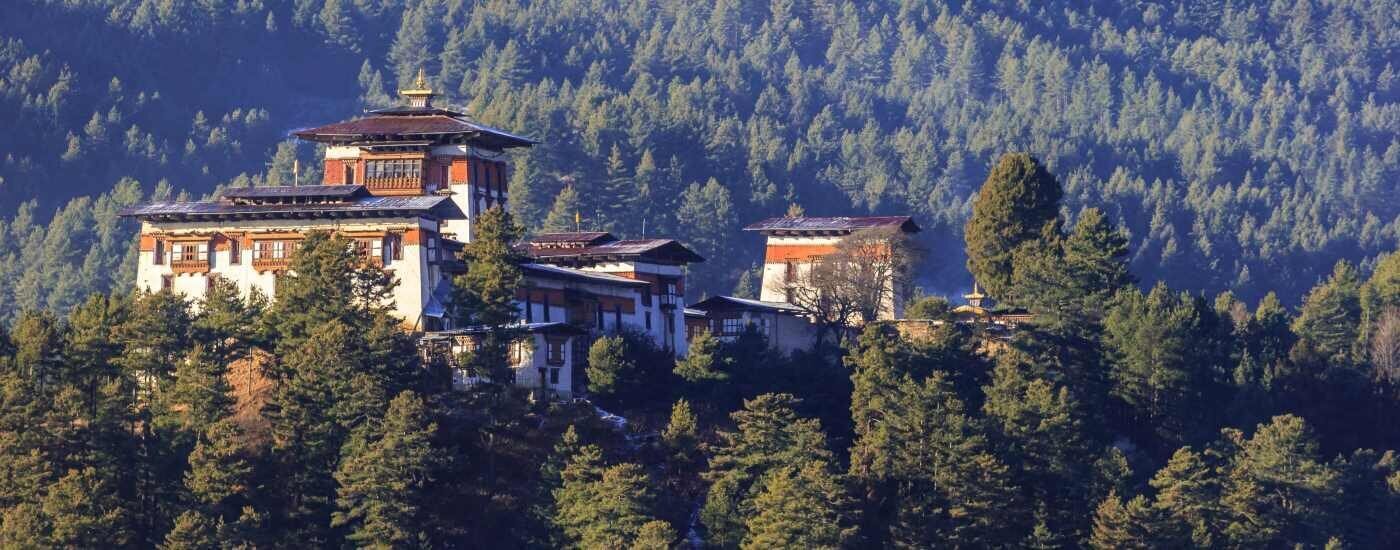


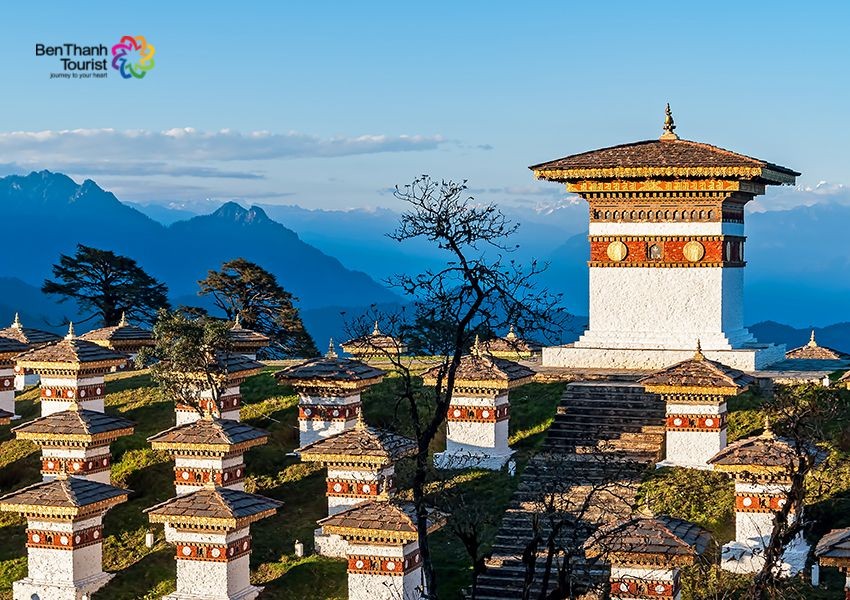
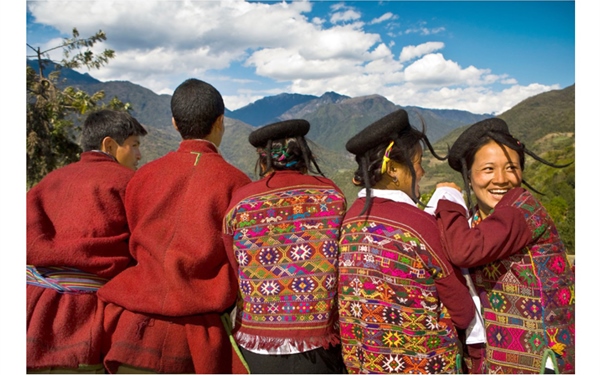
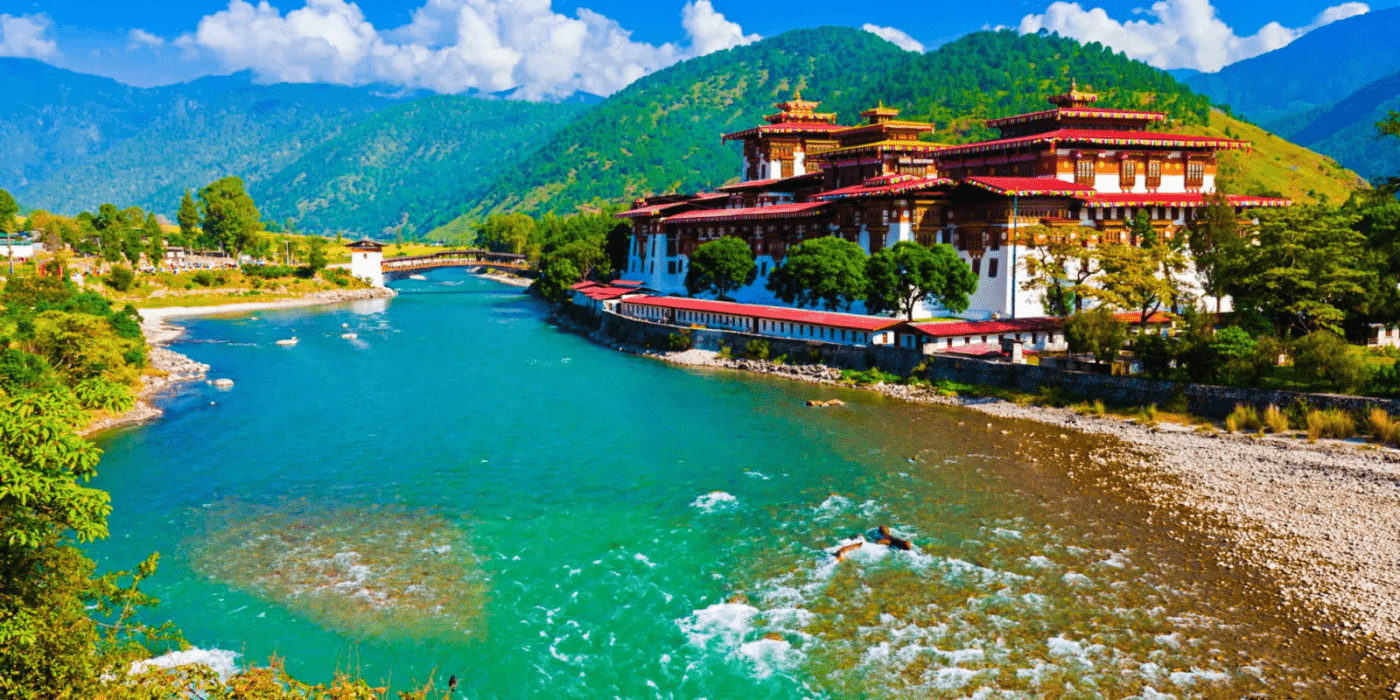
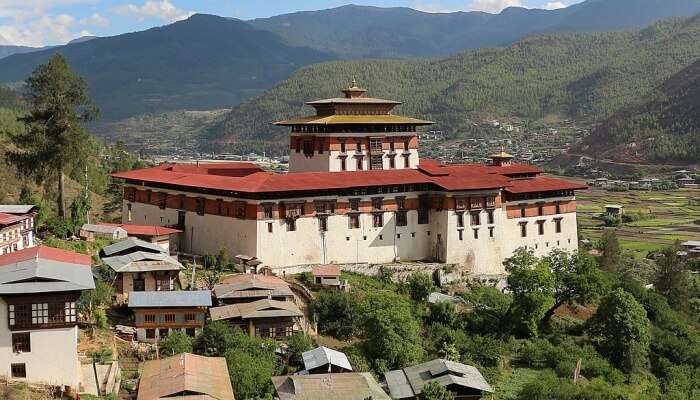

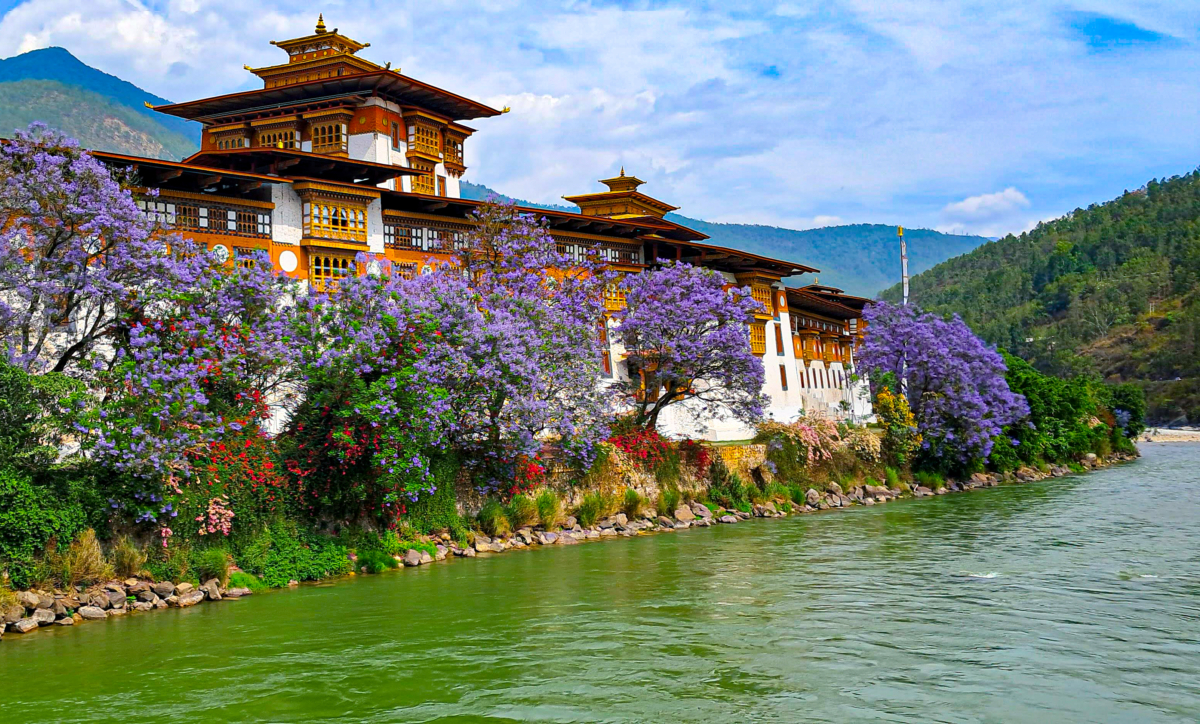
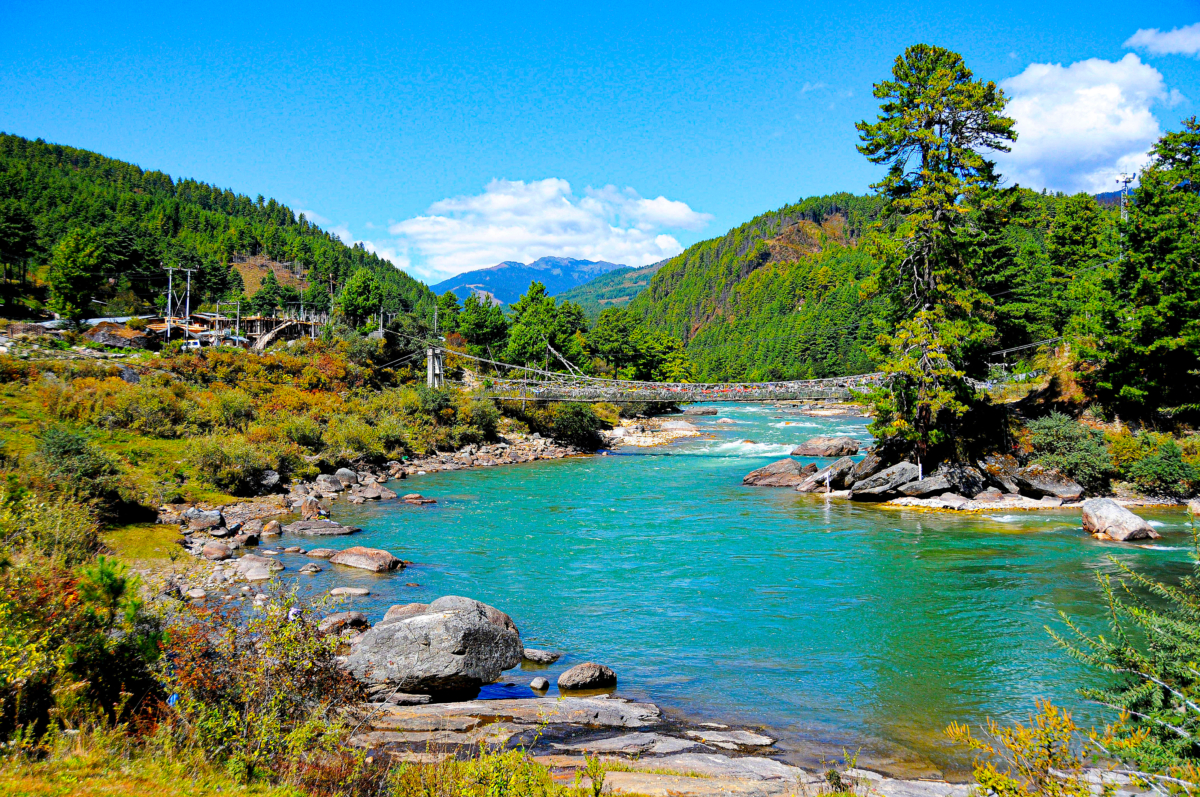
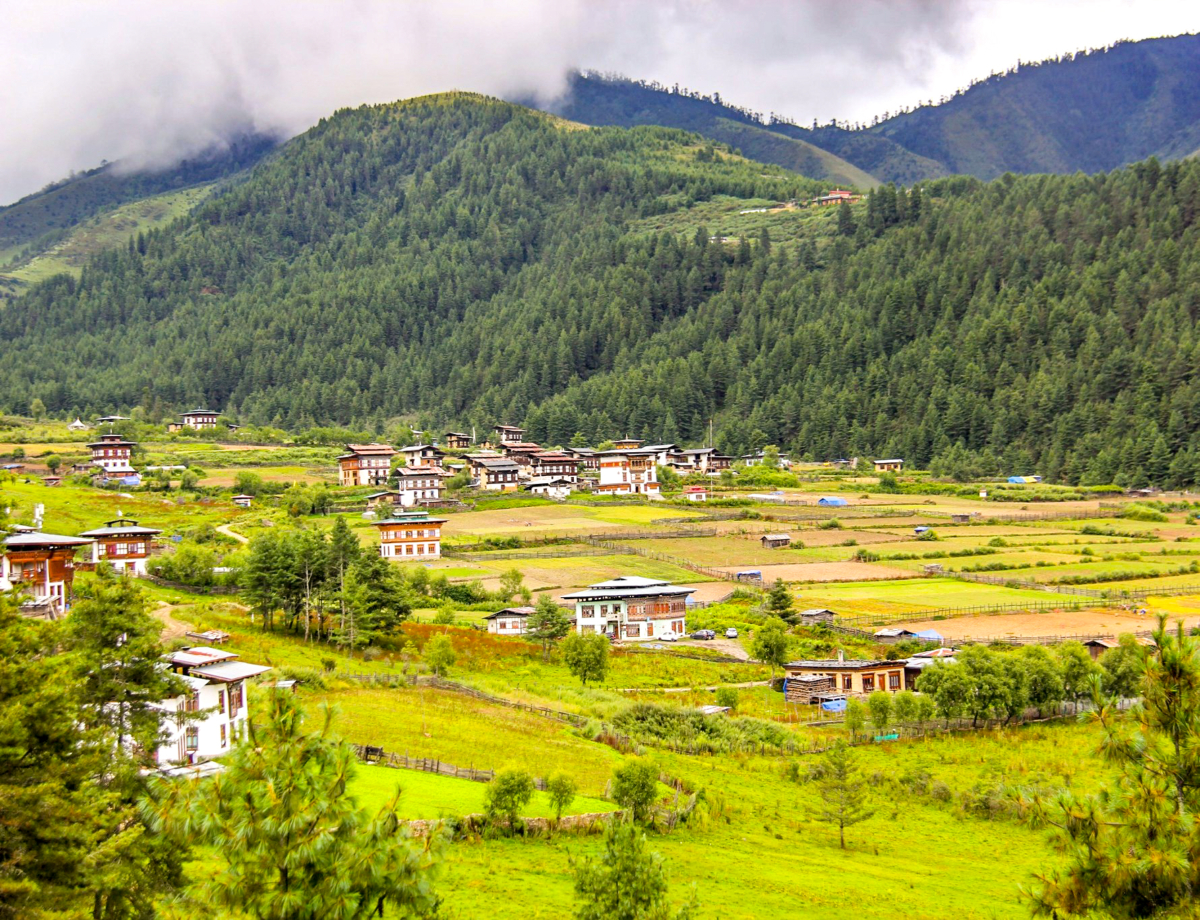

Comments
Post a Comment